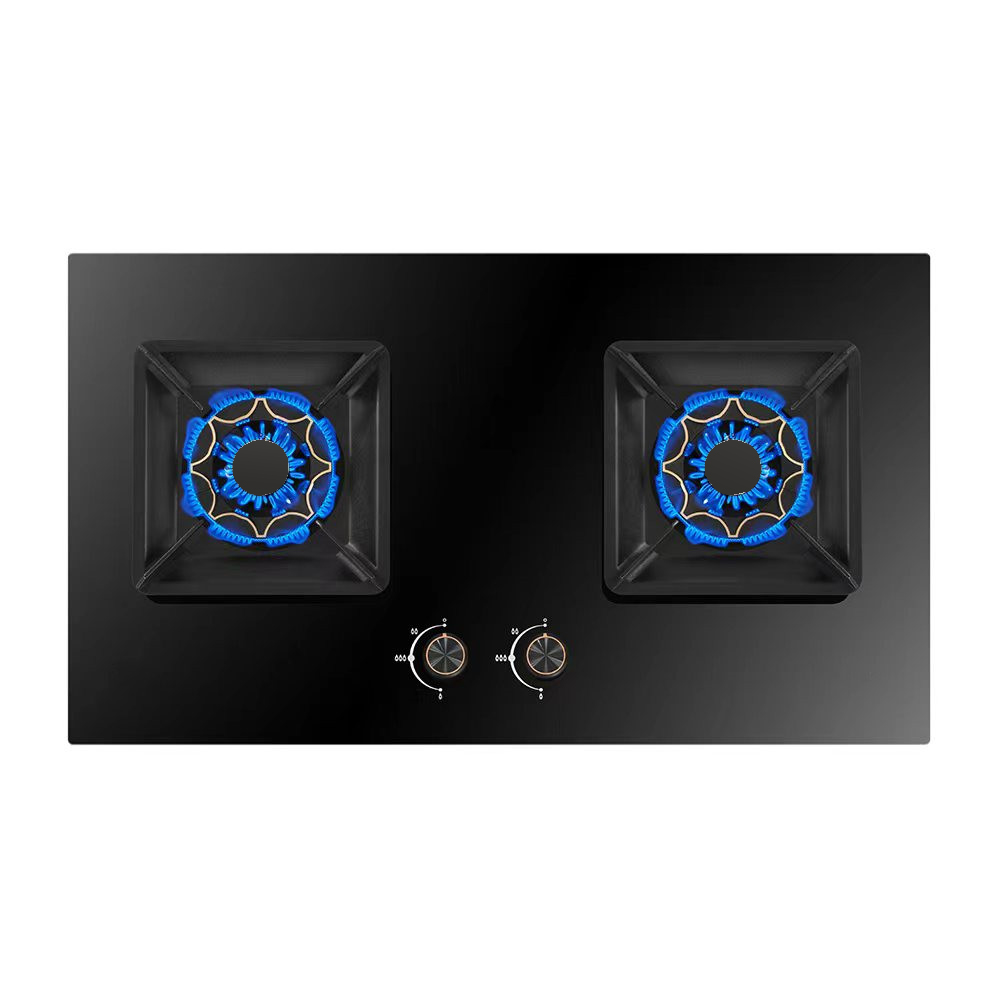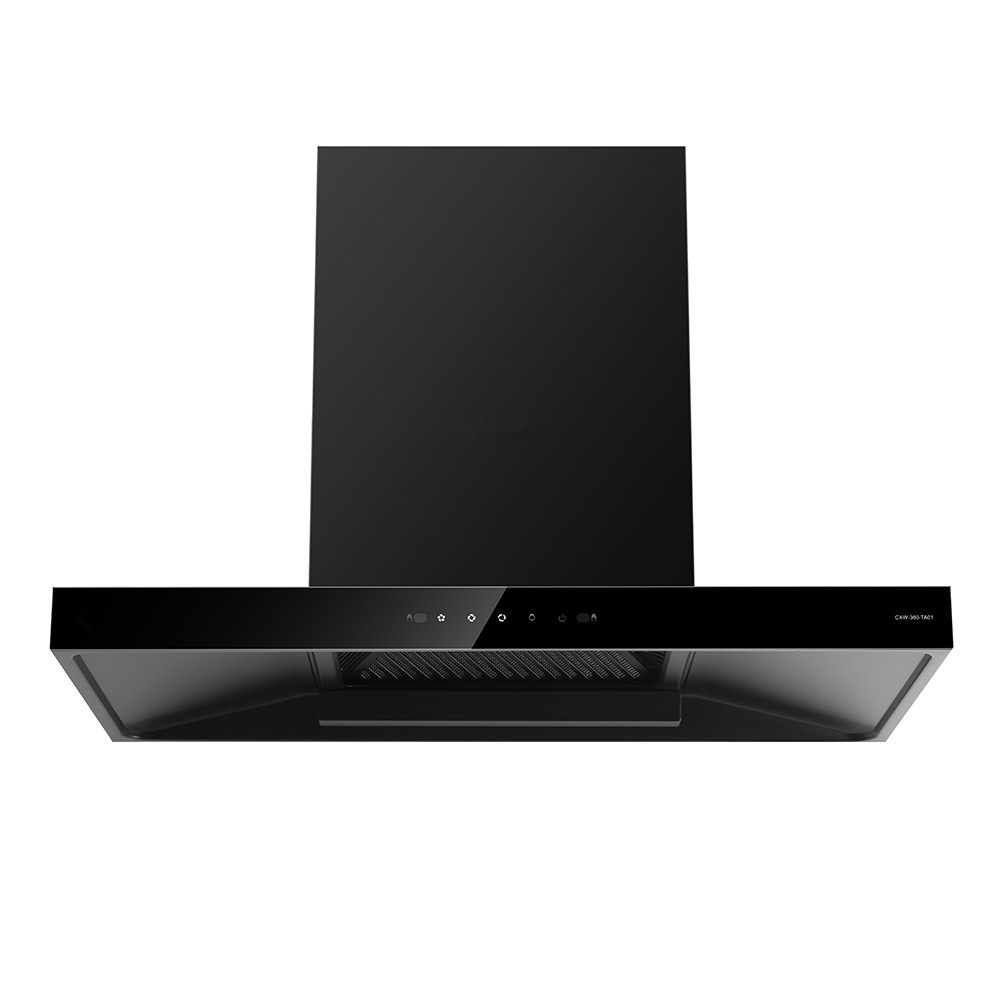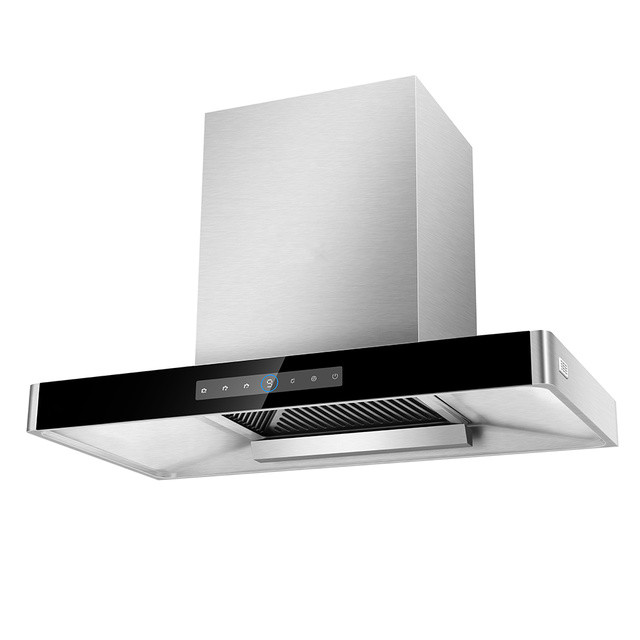Selecting the right gas stove requires considering safety, thermal efficiency, material quality, functionality, and personal cooking habits. Below are the key factors and recommendations to keep in mind when purchasing a gas stove.
I. Types of Gas Stoves
1.Tabletop Gas Stove
Pros: Easy to install, affordable, suitable for those on a budget or temporary use.
Cons: Takes up counter space, less aesthetically pleasing.
2.Built-in Gas Stove
Pros: Space-saving, integrates seamlessly with the kitchen countertop, modern and stylish.
Cons: Requires a pre-cut countertop hole for installation, higher cost.
3.Dual-use (Tabletop & Built-in) Gas Stove
Offers greater flexibility, allowing users to choose the installation method based on their needs.
II. Key Selection Criteria
1. Safety (Top Priority!)
- Flame Failure Protection: Choose models with thermocouple or ion flame failure protection, which automatically cuts off the gas supply if the flame goes out.
- Leak Prevention Design: Ensure the gas pipeline and valves comply with national safety standards (e.g., GB 16410 in China).
- Child Lock Function: Prevents accidental ignition by children.
2. Thermal Efficiency & Firepower
- Thermal Efficiency: Opt for national Grade 1 energy efficiency (≥63%), as higher efficiency means more energy savings.
- Firepower Range:
- For home cooking: 4.2kW–5.0kW is ideal.
- For high-heat stir-frying: Choose a stove with firepower above 5.0kW.
- Firepower Adjustment Precision: Multi-level control (low, medium, and high flames) for different cooking methods.
3. Material & Durability
- Cooktop Material:
- Edelstahl: Heat-resistant and impact-resistant but prone to scratches.
- Tempered Glass: Sleek and easy to clean, but must have explosion-proof treatment (thickness ≥8mm).
- Ceramic Panel: Highly durable and heat-resistant, but more expensive.
- Burner Material:
- Full Copper Burner: Best heat conductivity, corrosion-resistant.
- Aluminum Alloy Burner: Cheaper but prone to rust.
4. Ignition Method
- Electronic Pulse Ignition: One-touch ignition with a high success rate, but requires battery replacement.
- Piezoelectric Ceramic Ignition: No battery needed but requires longer pressing time to ignite.
III. Additional Features (Optional Based on Needs)
- Auto Shut-off Timer: Prevents overcooking or dry burning.
- Smart Home Connectivity: Some models can integrate with smart home systems.
- Easy-to-Clean Design: Features such as detachable burners and spill-resistant grates.
- Multiple Burners: Dual or triple burners allow simultaneous cooking.
IV. Recommended Brands
- Domestic Brands: Fotile, Robam, Vatti, Midea, Haier (High cost-performance, reliable after-sales service).
- International Brands: Rinnai, Noritz, Siemens (Advanced technology, higher price).
V. Avoiding Common Pitfalls
- Avoid Cheap, Unbranded Products: They may have poor safety standards and low energy efficiency.
- Check Certification Labels: Ensure the product has “3C certification” and an official energy efficiency label.
- Proper Installation: Built-in gas stoves should be installed by professionals to prevent gas leaks.
- Test Before Buying: In physical stores, check ignition speed, knob sensitivity, and overall build quality.



